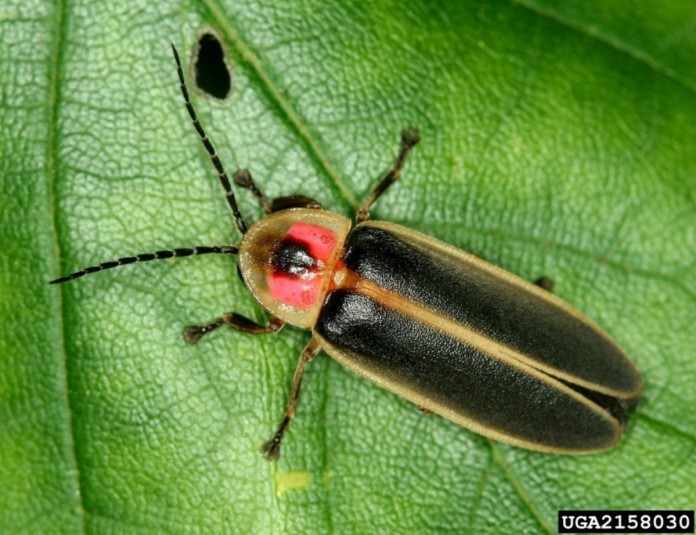
NEW YORK — Few things seem more whimsical and magical on a warm night than watching fireflies blink on and off and wondering where one will turn up next. At any given moment, there may be dozens of fireflies lighting up the night sky, providing the perfect opportunity for kids and adults to go outside and collect a few insects for a closer look.
The Smithsonian Institute says there are more than 2,000 species of fireflies, also called lightning bugs, around the world. Only some species produce adults that glow.
Fireflies are a type of beetle that use their illuminated bottoms to attract females. Often the males will fly around while the females wait in bushes and trees for their mates to arrive.
Language
Each species of the insect has its own language of flashing light. Some fireflies produce a green light, while others lean toward yellow or orange.
Two chemicals, called luciferase and luciferin, are present in a firefly’s tail, and these chemicals account for the insects’ bioluminescence. Luciferase is an enzyme that triggers light emission. Luciferin is heat-resistant, and it glows under certain conditions.
Chemicals inside the firefly’s body convert energy to initiate the glow in its tail. One hundred percent of the firefly’s energy is emitted as light, making it a very efficient light producer. Because there is no heat generated from this light, it is known as cold light.
Although the glowing mechanism known to fireflies is largely exhibited by the adults flying through a summer sky, the larvae and eggs of some species also emit light. They use the light to deter predators and inform them that they do not taste good.
While fireflies are often seen in a pleasing light and as harmless bugs, they may not be so harmless within their social circles. Some fireflies are carnivorous. Larvae eat snails and worms.
Some fireflies feed on other fireflies and will mimic the flashing pattern of a certain species to lure in a meal. But scientists have not observed fireflies eating other species of bugs and are not even sure if they eat much at all.
Catching fireflies
Many people have fond childhood memories of running through their yards catching fireflies. Fireflies are present on every continent except Antarctica, so there is a good chance you can find them in your own yard, though they tend to congregate in long grasses and marshy areas around ponds, lakes and streams and, as a result, may be more populous in these areas.
In order to catch fireflies successfully, turn off the exterior lights of your home and have a container ready. Punch holes in the lid of a jar to allow air to penetrate and put in a damp piece of paper towel to make sure they will not dry out.
Use care when catching the fireflies, which are fragile. Working with a net is often better than bare hands, particularly for children who may not be so gentle. Only keep the fireflies for a day or two before letting them go. Otherwise you’re bound to find a jar of dead fireflies.
Disappearing
According to the Firefly Organization, firefly numbers are dwindling, largely due to light pollution and urban development. Human lights interrupt flashing light patterns. Therefore, any fireflies that are captured should be promptly returned to the wild.









